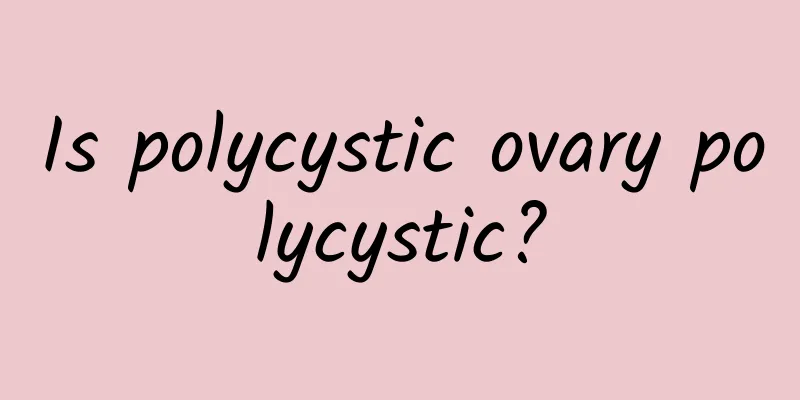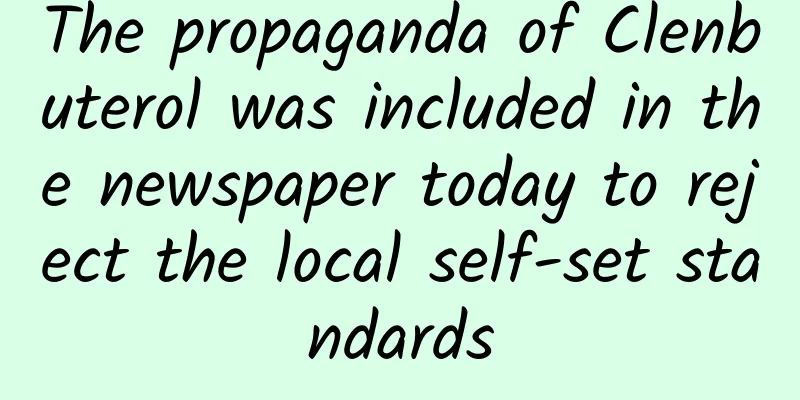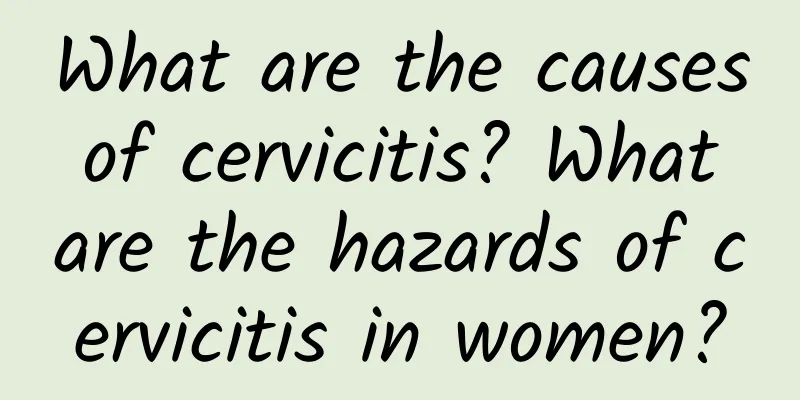Is polycystic ovary polycystic?

|
Ovarian polycystic changes are not equivalent to polycystic ovary syndrome (PCOS). It may be a normal physiological phenomenon, or it may be an early sign of a disease or caused by other factors. Doctors should make a comprehensive judgment and identification based on specific symptoms, endocrine examinations and medical history. 1 Physiological polycystic changes: Ovarian polycystic changes may sometimes be part of the physiological cycle, such as pre-ovulatory follicular development, the presence of multiple follicles in the ovaries, or adjustments in ovarian function during puberty and perimenopause. This situation often does not require treatment, but regular follow-up is required to ensure that there are no abnormalities. 2 Disease-related polycystic changes: If polycystic changes are accompanied by abnormal symptoms such as menstrual disorders, obesity, elevated androgens such as hirsutism, acne, infertility, etc., it may indicate polycystic ovary syndrome (PCOS). Its occurrence is related to endocrine disorders and requires ultrasound, hormone tests such as testosterone, LH/FSH ratio, etc. to be finally diagnosed. Treatment recommendations: ① Medication conditioning: For patients diagnosed with PCOS, doctors may prescribe medications to regulate menstruation such as birth control pills, medications to reduce androgen levels such as spironolactone, and ovulation-inducing medications such as clomiphene; ② Lifestyle intervention: Lifestyle intervention is the first choice. It is recommended to control diet, reduce high-sugar and high-fat intake, increase exercise such as brisk walking or yoga, and exercise for more than 150 minutes per week; ③Other treatments: If accompanied by infertility, ovulation induction therapy can be considered; obese people can choose metabolic surgery; if necessary, laparoscopic surgery can be considered as an auxiliary treatment. 3 Other reasons: Polycystic ovarian changes may also be caused by other conditions, such as ovarian dysfunction, polycystic ovarian changes that are not PCOS, etc., which require further analysis through ultrasound and hormone tests. If you find polycystic changes in your ovaries, it is recommended to see a doctor as soon as possible to find out the cause. In some cases, this is normal, but if the problem is ignored, it may lead to abnormal menstruation, increased risk of infertility, etc. Regardless of the cause, a healthy lifestyle and regular gynecological examinations are always the core measures to maintain ovarian health. |
<<: What causes right ovarian cyst?
>>: Don't eat sweets if you have premature ovarian failure
Recommend
How to judge whether it is hydatidiform mole? Judge according to 2 situations
How to judge whether a patient has hydatidiform m...
Is menstruation changing to seasonal menstruation, and premature ovarian failure irreversible? 4 foods to the rescue!
Menstruation is so troublesome. You have to chang...
Patients with cervical erosion should pay attention to postoperative precautions in a timely manner
At present, the incidence of cervical erosion is ...
What are the symptoms of pelvic inflammatory disease?
Patients with pelvic inflammatory disease all kno...
Can endometrial thickening be cured?
Endometrial thickening must be treated as soon as...
What should I do if my period does not come after a miscarriage?
What should I do if my period does not come after...
What are the specific manifestations of the dangers of hyperprolactinemia?
Hyperprolactinemia refers to a syndrome caused by...
The thread embedding weight loss injection should be sterilized for no more than 15 needles at a time.
It was reported in Taichung City that a woman sur...
What are the abnormal clinical symptoms of multiple uterine fibroids?
Multiple uterine fibroids are a very common benig...
Common symptoms of menstrual irregularities in women
Clinically, irregular menstruation is not only a ...
The amount of vaginal discharge suddenly increased a few days ago and my vulva became itchy. What should I do?
The amount of vaginal discharge suddenly increase...
Why is there always a lot of leucorrhea after abortion?
Why is there always a lot of leucorrhea after abo...
Does the milk tea you drink really have "milk"? Is milk tea calcium-supplementing and nutritious? The answer is…
Do you have the habit of drinking dairy products?...
Do you still have physical needs after menopause?
Postmenopausal women still have physical needs, a...
A must-eat for summer weight loss ~ "Beauty Legs" wild rice shoots + passion fruit and freckle removal
Water bamboo shoots, known as "beauty legs&q...









